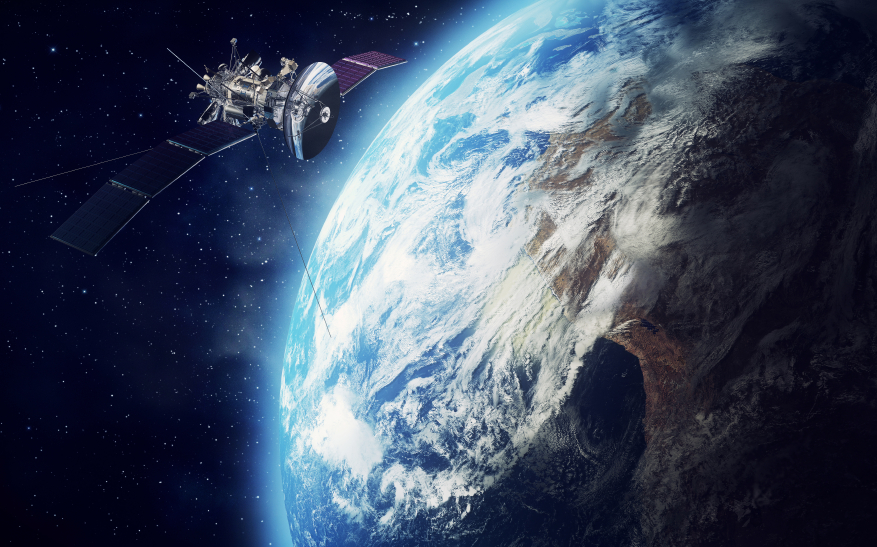The ability to undertake precise indoor/outdoor positioning and tracking of people and objects is vital to modern society.
It supports an enormous range of significant applications in areas such as national security and defence, emergency services, asset management, sales and marketing, traffic controls, personal navigation, and elite athlete monitoring during training and competition. These applications may be as simple as tracking the location of a valuable shipping carton or detecting the whereabouts of a thief/terrorist, or as complex as helping someone to navigate in an unfamiliar building during a crisis.
RMIT University is recognised as a world leader in precise athlete monitoring using miniaturised GPS-based devices, through its strong association with partner organisations, such as the Australian Institute of Sport, CRC and Catapult Innovations Ltd.
To date, GPS has become a widely used technique for locating and tracking. There are however a few drawbacks associated with low-cost GPS receivers including; signal jamming, obstruction, interference and relatively low sampling rates. The integration of GPS and other positioning techniques, such as A-GPS, INS, ZigBee, WiFi and radio identification (RFID) cell-of-origin or fingerprinting positioning techniques, may extend the positioning applications into seamless indoor/outdoor positioning and people mobility tracking. For example, high sampling rate, small volume MEMS INS can be used in tracking athletes and low-cost, long-range RFID systems can be used as positioning land marks to cover the GPS outage areas.
This research will provide significant contributions in ubiquitous positioning and location based services and will focus on the following core research topics:
- Innovative applications, smart athlete training and coaching systems, precise robotic control
- Positioning/ tracking indoor/ outdoor and in different environments
- Micro-GPS and multiple sensor GPS integration for Location Based Services (LBS)
- Intelligent Transportation Systems (ITS)
- Physical geodesy, land registry and land management



